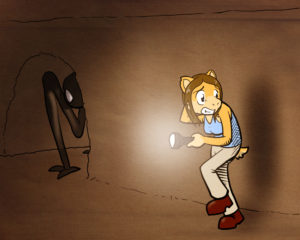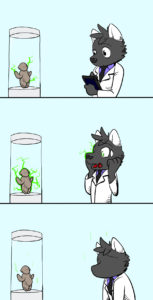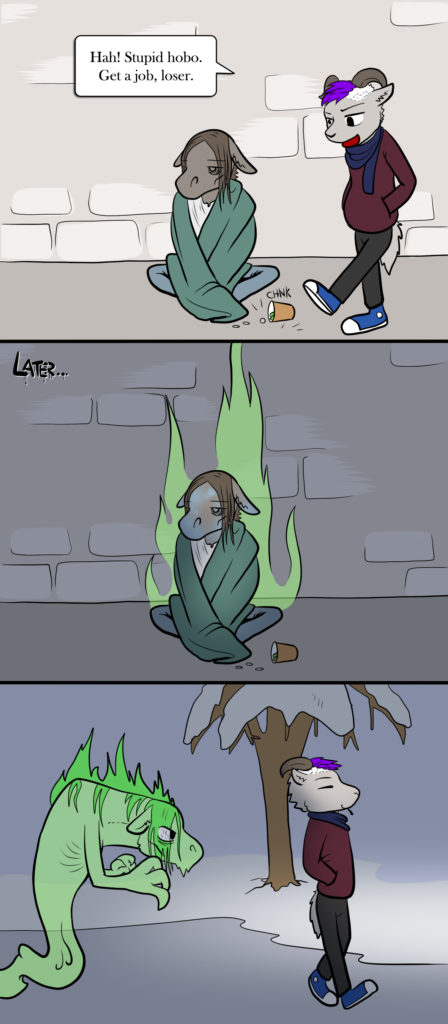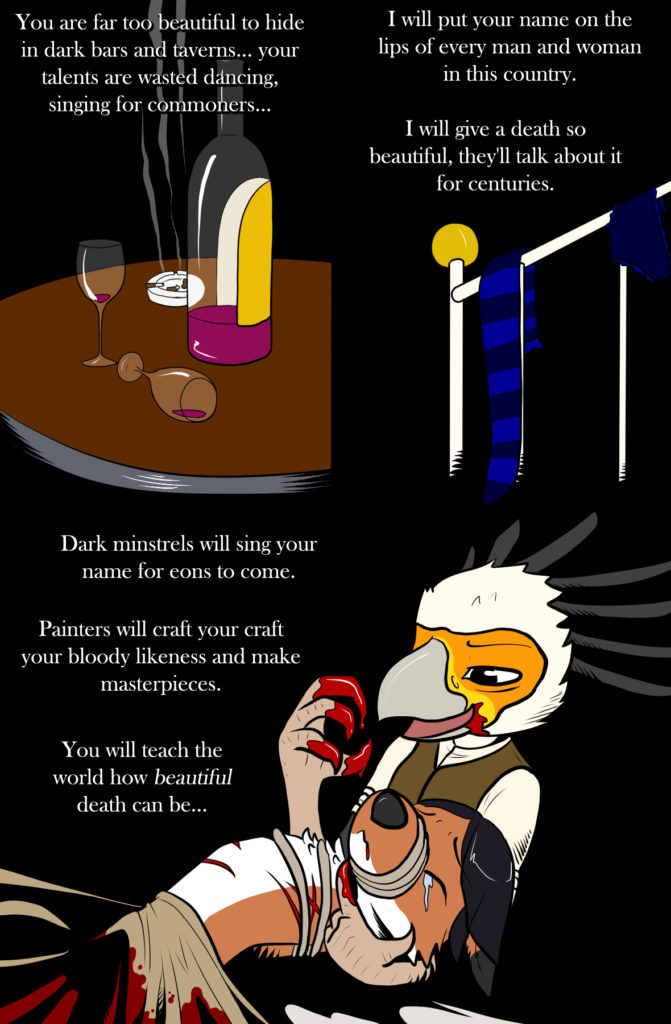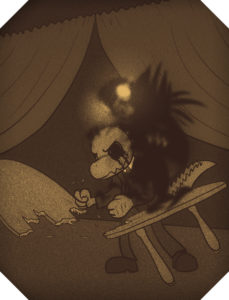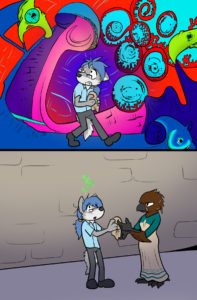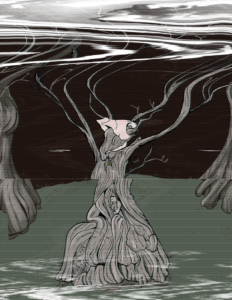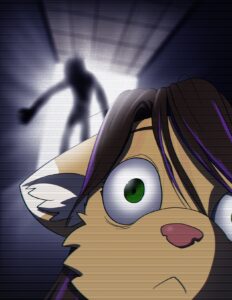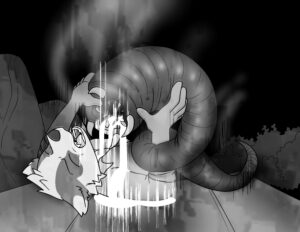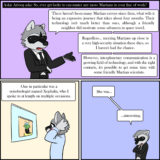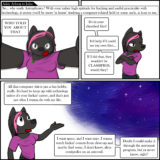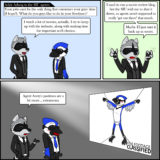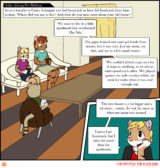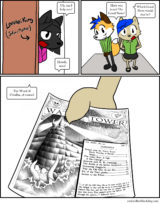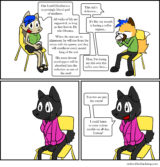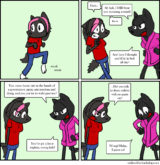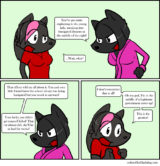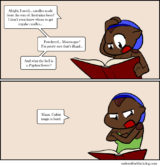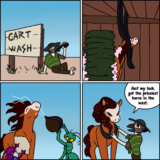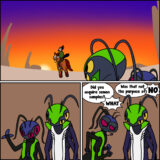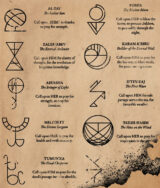Extras
Casualty Reports were a high-level reward for Patreon members.
| Nicolas |
|
author: Tybalt Simmons tags: disappearance, unsolved, Egypt date: June 11th, 2020 Authorities may be concealing the mysterious death of an East Egyptian art collector. Nicolas Von Willem was a well-known collector of antiquities and artifacts. His privately-owned museum, Desert Mysteries Museum and Showcase, was famed for having many unique examples of ancient Egyptian and African art, including the only known physical evidence of the Baro tribe of Sudan that has been otherwise lost to history. Nicolas was reported missing in late 2016, as of 2018 he was presumed dead by authorities, though his whereabouts have never been officially confirmed. However, theories point to the possibility that his body was put on public display and remains there to this day. Records indicate that Nicolas received the delivery of a large antique in May, 2016. Though records remain with Siwa Oasis police, an interview given by Sergeant Mis al’Ruwi revealed that the delivery was of a large, aged wooden crate containing a sarcophagus. Emails exchanged between Nicolas and an antiquities collector in Marsa Matruh discuss that the crate had been discovered in an abandoned warehouse in Algeria where local authorities had reached out to the collector. Photographs reveal that the sarcophagus itself is unassuming; carved from black stone, sparsely decorated with etchings of serpents and birds, and showing signs of fire and smoke damage. The sarcophagus bares no hieroglyphs or writing to indicate ownership or intent, which has not helped with tying the relic to a region or time period. Emails seized in the investigation showed that the sarcophagus itself was empty, save for dust and dirt, none of which had returned genetic information. After cleaning and further study had concluded, Nicolas put the sarcophagus on display in his museum. A photo retrieved from the museum’s website (now unavailable) implies that the coffin, empty, was on display up until August of 2016. It was in September that Nicolas was reported missing by an employee of his museum. An investigation lasting several months returned nothing conclusive as to his whereabouts, his belongings were left untouched and no activity was ever flagged through his bank. Theory quickly turned to foul play when it was discovered that Nicolas’s collection included taboo objects of questionable origin: his connections to several black-market dealers was investigated and several suspects were questioned. However, to this day, no leads or evidence of Nicolas Von Willem have been found after August 2016. The loss of the enigmatic collector and historian would be a tragic footnote in local history if not for a mystery concerning his final relic and a theory spreading online. Private investigators drawn to the mystery have noted a certain change to the museum’s displays. Still open for business, Desert Mysteries, now maintained by Siwa Oasis council, still proudly displays the mysterious sarcophagus: but now with a desiccated mummy within it. The ancient mummy is an unidentified avian, showing signs consistent with over 3,000 years of mummification. Promotional material from the museum implies that this body was always included with the sarcophagus, despite recovered photos and email correspondences to the contrary. While the identity and origin of the mummy is as unknown as the sarcophagus, the fact that the male mummified corpse matches the species and height of the missing Nicolas has drawn wild speculation in local mystery hunters. While authorities have dismissed the rumors as superstitious games, official investigation into whether the mummy was placed as a warning by one of Nicolas’s black-market connections, or could be somehow younger than it appears, has never been officially concluded. (online article from The Spire, retrieved May 1st, 2038) |
Field Reports
An archive of the Patreon Field Agent Reports is available here.
Ask the Cast!
Patreon members were briefly able to send ask-blog style questions to cast memebrs.
Past Vote Incentives
Previous rewards for voting for the comic on the TopWebcomic List
